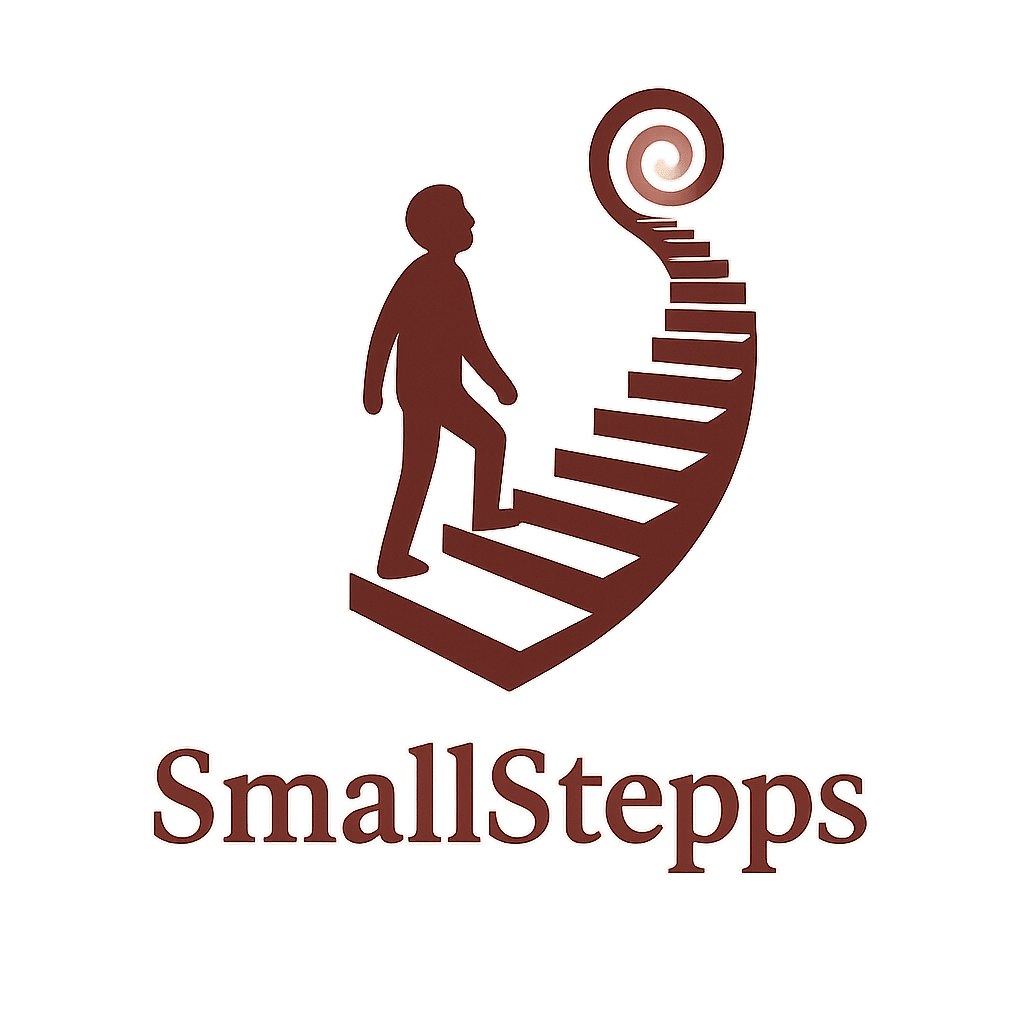Unraveling the Power of Somatic Therapy: A Comparative Analysis with Psychotherapy
Understanding Psychotherapy
Psychotherapy, often simply referred to as therapy, is a process centered on treating mental health problems and emotional difficulties.
It is a well-established method utilized by psychotherapists and counselors alike, with its roots stretching back to Sigmund Freud’s pioneering work in the early 20th century.
This time-tested approach delves into thought patterns, past experiences, feelings, and relationships in the hopes of fostering personal growth and resolving problematic behaviors.
Stepping into the World of Somatic Therapy
On the other end of the spectrum, we find Somatic Therapy, a form of body-centered therapy that believes in the deep, intricate connection between the mind and body.
This holistic healing method considers physiological functions as integral players in emotional health. Unlike traditional therapy that primarily focuses on the mind, Somatic therapy takes into account the physical experiences of individuals, believing that our bodies hold onto past traumas and manifest into various physical symptoms.
Utilizing a combination of psychotherapy and physical therapies, this body-oriented approach seeks to help patients release the tension that resides in their bodies, thereby promoting holistic healing.
An Upcoming Comparative Analysis
In the world of mental health and psychological therapies, it’s crucial to understand the different therapeutic approaches available, along with their benefits and unique strengths. That’s exactly what this essay sets out to do.
We delve deep into the realms of both Psychotherapy and Somatic Therapy, comparing and addressing their differences. The upcoming comparative analysis aims to spotlight the characteristics, applications, advantages, and potential drawbacks associated with these two major therapy forms.
Embarking on this journey, we aim to decipher which approach – Traditional Psychotherapy or Somatic Therapy – might be more relevant or beneficial under certain circumstances.
Thus, providing a comprehensive understanding that could allow for informed decision making when seeking therapy.
1. Communication Differences

Traditional Psychotherapy
Traditional Psychotherapy, sometimes classified under several branches such as cognitive-behavioral therapy or psychoanalysis, has a steady emphasis on verbal communication.
This form of therapy primarily involves the patient talking about their emotions, thoughts and past experiences to work through challenging aspects of their lives.
It is grounded in narrative, with the process revolved around expressing personal feelings and thoughts through spoken language.
Communication in traditional psychotherapy intends to foster a clear understanding of the cognitive aspects of the patient’s concerns.
The therapist, using strategic questioning, digs deep to uncover emotional patterns, thought processes, and unconscious motivations that are potentially impacting the patient’s behavior.
This form of therapy views the act of clients divulging their feelings openly as vital for promoting self-awareness and insight.
Central to traditional psychotherapy is the client-therapist relationship, often governed by talking.
The therapeutic alliance’s strength relies on the creation of a safe, non-judgmental environment that engages the client in continual dialogue. It fosters self-exploration, encouraging the client to communicate their internal emotional states verbally.
Somatic Therapy
In contrast, Somatic Therapy, also known as Body Psychotherapy or Somatic Experiencing Therapy, places more focus on bodily sensations than verbal communication.
While talking is part of the Somatic Therapy process, profound attention is turned to the patient’s physical cues, particularly those that arise in response to emotionally charged topics or trauma-related discussions.
Emotions, according to Body-Oriented Psychotherapy, are not solely mental phenomena; instead, they are seen as physical sensations experienced throughout the body.
The belief is that emotional or traumatic experiences can become physically ‘stored’ in the body, leading to subtle changes in posture, body language, or physiological functioning – what is often termed Body Memory Healing.
Somatic Therapy utilizes a variety of non-verbal therapy methods, like Mind Body Therapy, to access these stored experiences.
Techniques used can range from movement exercises, physical therapy treatments, and even body-centered healing like Trauma Sensitive Yoga.
The aim is to enable patients to develop an increased awareness of bodily sensations, learn to recognize and interpret these signals effectively, promoting Emotional Release Therapy and trauma healing techniques.
Comparative Summary
Though remarkably different in approach, both Traditional Psychotherapy and Somatic Therapy are aimed at the same goal – improving mental health and general psychological wellbeing.
Both therapies believe in the transformational power of understanding, be it understanding one’s emotions and thought patterns in Traditional Psychotherapy or understanding one’s physical sensations and responses in Somatic Therapy.
The divergence lies primarily in communication styles. Traditional Psychotherapy heavily relies on verbal communication, focusing on cognitive understanding and introspection through dialogue.
Somatic Therapy, while not excluding talking, incorporates a wider scope encompassing the interplay of physical sensations, emotions, and trauma experiences.
This holistic approach is a remarkable innovation in the field of therapy, indicating our growing understanding of the intertwining nature of the mind and body.
Ultimately, the choice between these two therapies lies not in which one is inherently better, but in which is more suited to the individual’s unique needs, preferences, and therapeutic goals.
Understanding the methods of each approach, as well as their emphasis on different communication aspects, can profoundly impact that decision.
2. Treatment Focus Variations
Traditional Psychotherapy
In traditional psychotherapy, the primary approach often concentrates on modifying dysfunctional thought patterns.
The cognitive aspect of emotions and behaviors is heavily underlined, with therapists working with clients to identify and challenge potentially harmful cognitive distortions.
Given that many emotional difficulties are thought to arise from inaccurate views of oneself, cognitive restructuring becomes a critical component of this therapeutic model.
Beyond cognition, traditional psychotherapy places immense attention on addressing emotional struggles through talk sessions.
It very much believes in the power of words, encouraging patients to verbalize their emotional experiences.
In doing so, clients are thought to gain greater cognitive awareness of these experiences, which can then be examined, challenged, and ultimately modified.
Tackling past traumas through conversation also comprises an important part of traditional psychotherapy.
By reviewing past experiences and exploring their influences on current behavior, patients can start to comprehend the root causes of their distress.
This exploration often results in a perspective shift, where clients learn to view negative experiences as part of their narrative rather than factors controlling their futures.
Somatic Therapy

In contrast, Somatic Therapy attempts to treat traumas not just through the mind but also through the body and therefore the mind-body connection. Somatic
Experiencing Therapy, a form of the approach, sees the physiological responses as a core feature of trauma. Instead of merely discussing traumatic occurrences, Somatic Therapy encourages patients to focus on their physical responses to these events – in essence practicing Body Memory Healing.
The modus operandi of Somatic Therapy is centered around sensations and behaviors, providing an avenue for emotional regulation.
By concentrating on physical sensations and spontaneous movements, this Embodied Psychotherapy works on the premise that the body can serve as a resource for self-discovery and psychological healing.
The goal is to help patients develop a more mindful relationship with their bodies and to use these bodily experiences as a pathway towards emotional healing.
Physical techniques for trauma resolution form an integral part of Somatic therapy.
These can range from Trauma Sensitive Yoga to other Body-Focused Healing practices.
The purpose is to help release the physical tension associated with past traumas, aiding individuals in becoming more fully present in their bodies.
This multi-pronged approach is believed to facilitate holistic healing and sustainable trauma resolution.
Comparative Summary
Both traditional psychotherapy and Somatic Therapy aim at trauma treatment; however, their tactics bear variation.
Traditional psychotherapy endeavours to tackle trauma through cognitive restructuring and emotional exploration, all within a verbal, narrative-driven framework.
It argues that the key to healing trauma lies in understanding its influence on thought patterns, emotions, and ultimately behavior.
In contrast, Somatic Therapy as a form of Body Psychotherapy posits that effective trauma treatment needs to include the body.
By drawing attention to bodily sensations and employing physical techniques, it provides a more encompassing view of trauma.
The belief is that traumas don’t merely affect our minds but have strong physical ramifications that need to be addressed for efficient resolution.
In a nutshell, both therapies are geared towards alleviating mental distress, but their treatment focus varies.
While traditional psychotherapy is primarily cognitive and narrative-based, Somatic Therapy recognizes the importance of the body in psychological healing, creating a unique blend of cognitive and physical treatment methods.
3. Therapeutic Techniques Differences
Traditional Psychotherapy

Starting with traditional psychotherapy, the techniques implemented predominantly revolve around cognitive and behavioral approaches.
Cognitive-behavioral therapy (CBT) is particularly a common method employed, where negative thought patterns are identified and replaced with healthier beliefs and attitudes.
CBT helps clients develop coping strategies to deal with distressing situations effectively.
Within this framework, strategies like exposure therapy and talk therapy play a critical role.
Exposure therapy, for example, is often used for conditions like phobias or post-traumatic stress disorder (PTSD). It involves exposing clients to the source of their fears in a controlled environment, with the aim to lessen their emotional impact over time.
On the other hand, talk therapy, a cornerstone of traditional psychotherapy, employs conversation as a tool for uncovering subconscious thoughts, emotions, and behaviors that may be causing psychological distress.
In addition, psychotherapy often includes homework assignments for self-analysis.
These tasks can range from maintaining a journal to identify and track emotional triggers to practicing new cognitive and behavioral techniques.
Ongoing learning and self-examination is encouraged, prompting clients to actively engage in their healing process between sessions.
Somatic Therapy
Somatic Therapy, in contrast, deploys techniques involving body exercises such as breathing techniques, grounding exercises, and physical movements.
The belief extending in these methodologies revolves around the idea that trauma and emotional distress can translate into physical symptoms, which can be released through body-based practices.
Diverse approaches are used in Somatic Therapy, including bodywork, movement therapies, and Body Memory Healing.
The goal is to form a link between mind and body, allowing for an emotional release facilitated through physical experience.
Techniques like Somatic Experiencing and Somatic Psychology are frequently used to manage and dismantle bodily retained trauma.
Somatic Practice also actively encourages the development of mindful body-awareness for home practice.
Clients are often asked to pay close attention to their bodily responses to emotional triggers and to engage in simple, guided body-based exercises at home.
This can foster an improved connection with one’s physical self, enhancing overall bodily awareness and emotional regulation.
Comparative Summary
While both traditional psychotherapy and Somatic Therapy are geared toward healing and emotional well-being, they utilize diverse therapeutic techniques.
Traditional psychotherapy typically involves cognitive-based methods and verbal conversation as a way of exploring and understanding emotional distress.
This includes strategies like exposure therapy and talk therapy, with an emphasis on cognitive restructuring and narrative exploration.
Contrastingly, Somatic Therapy broadens this scope by integrating body-oriented techniques.
This includes everything from breathing and grounding exercises to movement therapies and body-oriented psychotherapy techniques.
Somatic Therapy believes in the strong body-mind connection and how it plays into emotional wellbeing, challenging traditional notions of therapy.
The application of these therapeutic techniques is distinct between the two modalities but serves the same purpose: helping clients navigate their emotional distress, cultivate self-understanding, and create meaningful change in their lives.
Recognizing the power of both verbal conversation and bodily experience can pave the way for a more holistic, integrative approach to psychotherapy.
Wrapping Up the Analysis
Recap of the Identified Differences
In the course of this comprehensive comparison, we’ve identified a series of differences between Traditional Psychotherapy and Somatic Therapy.
These divergences span areas such as communication styles, focus of treatment, and therapeutic techniques.
Traditional Psychotherapy, heavily rooted in cognitive and narrative-based approaches, places immense emphasis upon verbal communication.
It involves altering thought patterns and addressing emotional struggles through talk sessions and conversational exploration of past traumas.
Various strategies like cognitive behavioral approaches, exposure therapy, and homework assignments for self-analysis are utilized in its framework.
On the other hand, Somatic Therapy ventures beyond the cognitive and verbal, introducing an integral body-mind connection.
Its key strength lies in the attention it draws to bodily sensations, responses, and experiences, guided by the belief that our bodies hold significant memories of our past experiences and traumas.
Techniques in Somatic Therapy involve body exercises, bodywork, movement therapies, and encourage mindful body-awareness practices.
Final Remarks
While both Traditional Psychotherapy and Somatic Therapy may differ in their approaches, they share a common goal – to help individuals navigate their emotional difficulties and improve their overall mental health.
Each method has its unique advantages, and the suitability of each depends largely on individual prerequisites, comfort, and personal therapeutic goals.
The bottom line? It’s not about which therapy is better – both Traditional Psychotherapy and Somatic Therapy can be effective based on individual nuances.
What matters most is not the therapeutic way you choose to follow but the act of reaching out and embracing a therapy that resonates with you.
Remember, it’s perfectly okay to seek help and to understand that different therapies work differently for everyone.
Mental health is a journey of understanding, acceptance, healing, and continuous growth, no matter the therapeutic path chosen.
No single approach holds the key to mental wellbeing, but our understanding of it can be broad but comprehensive.
Let’s continue to embrace the diversity of therapeutic practices and recognize the potential they hold for varying individual needs. Remember, the best therapy is the one that works for you!


